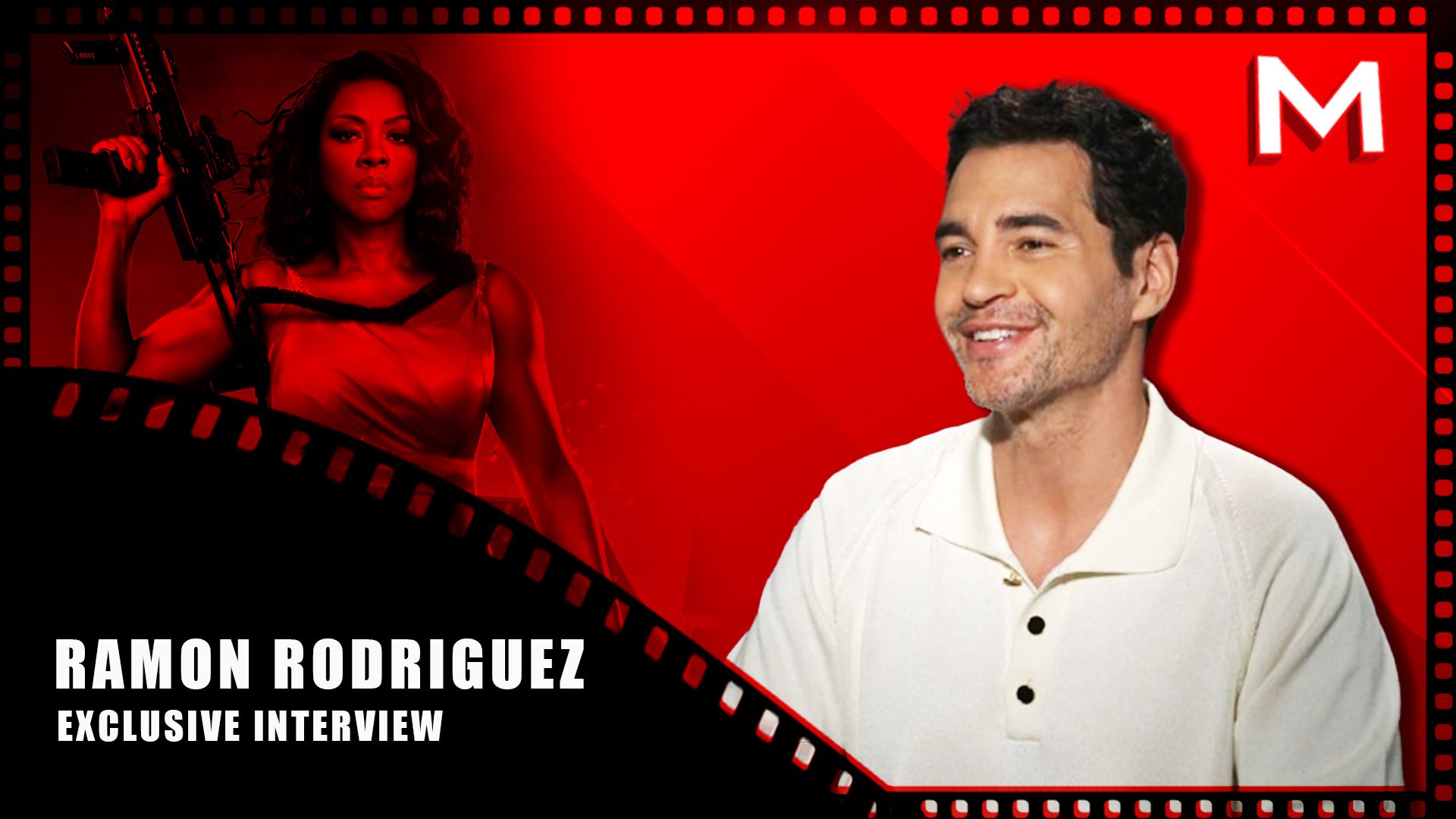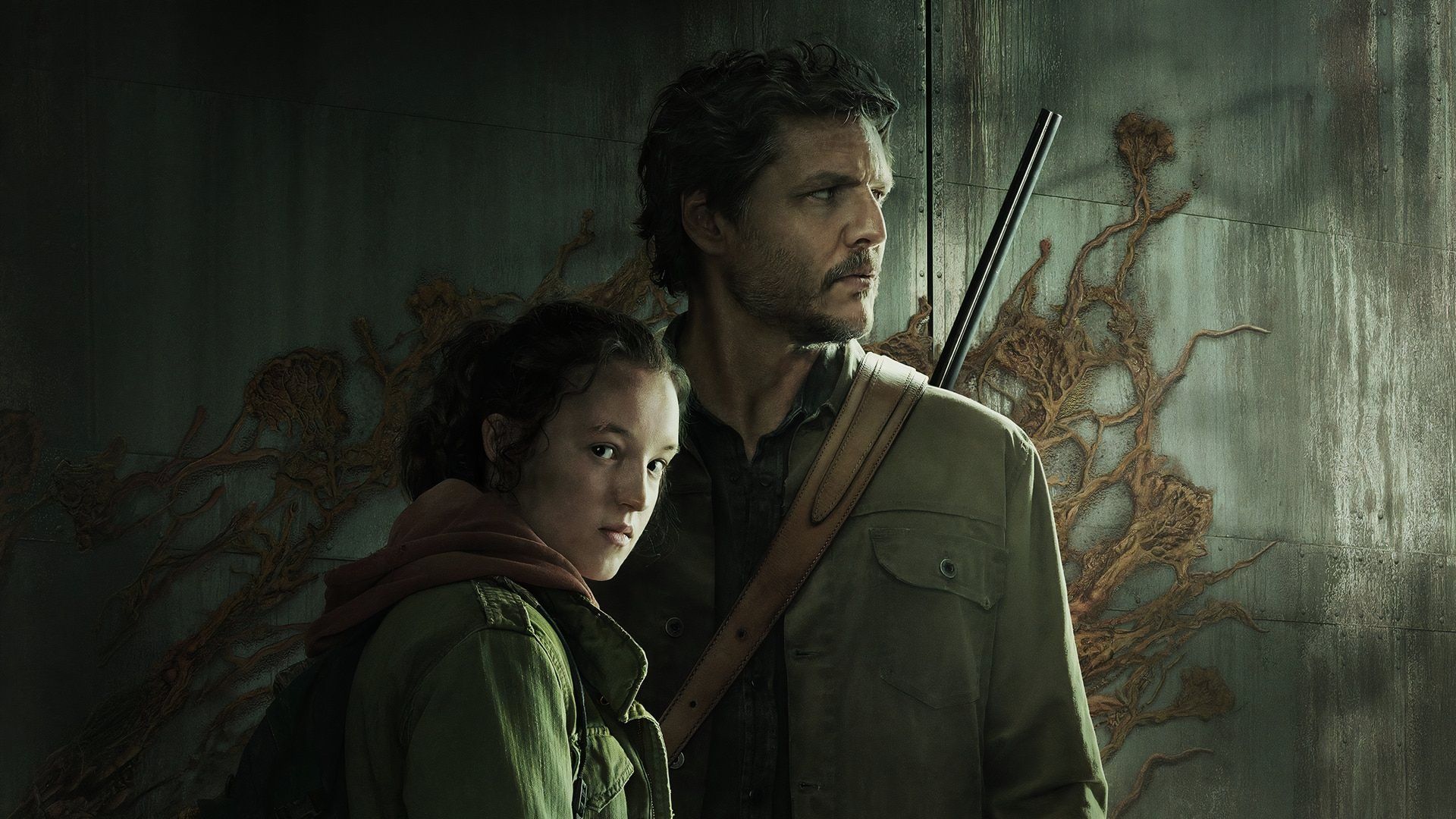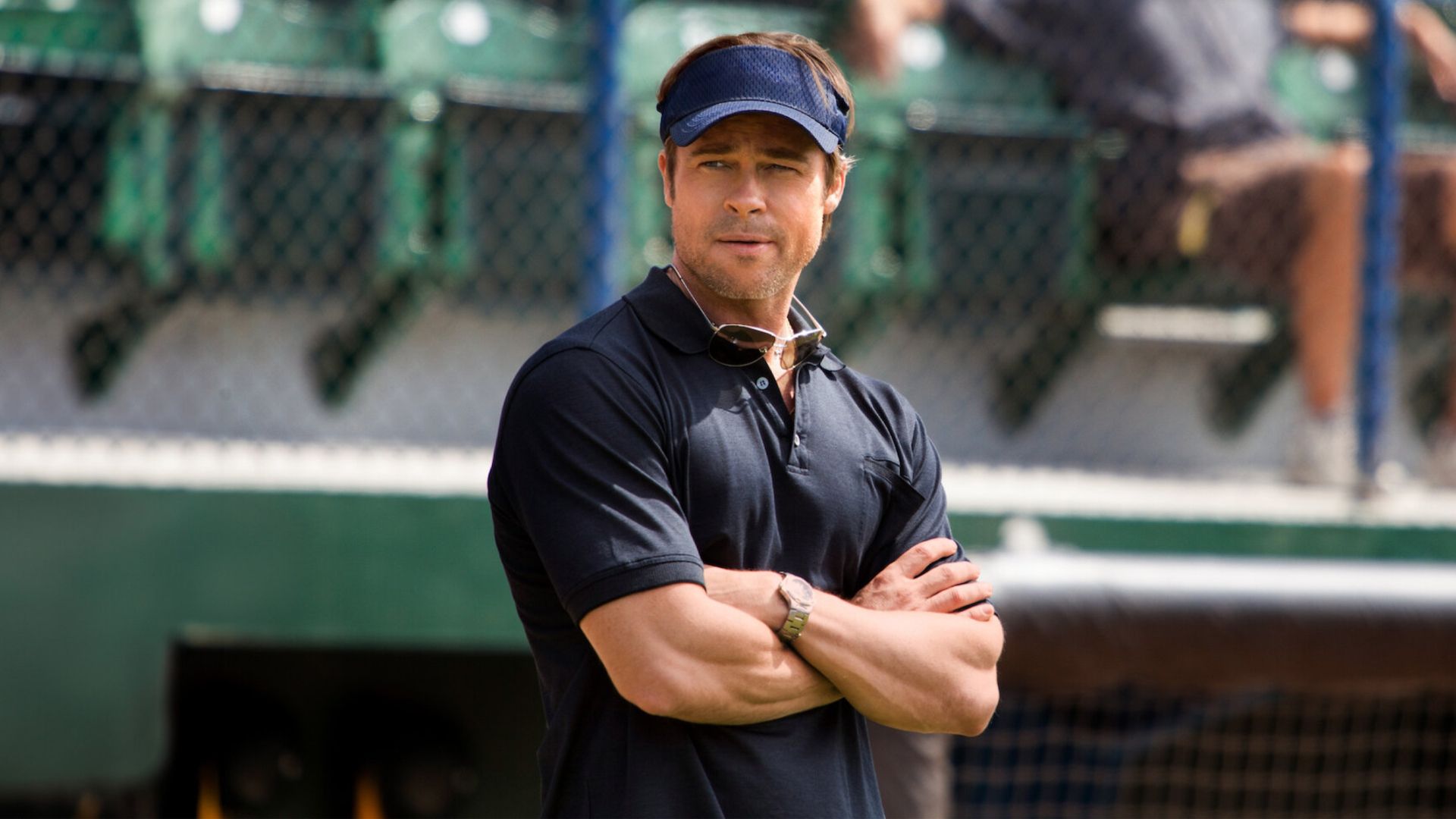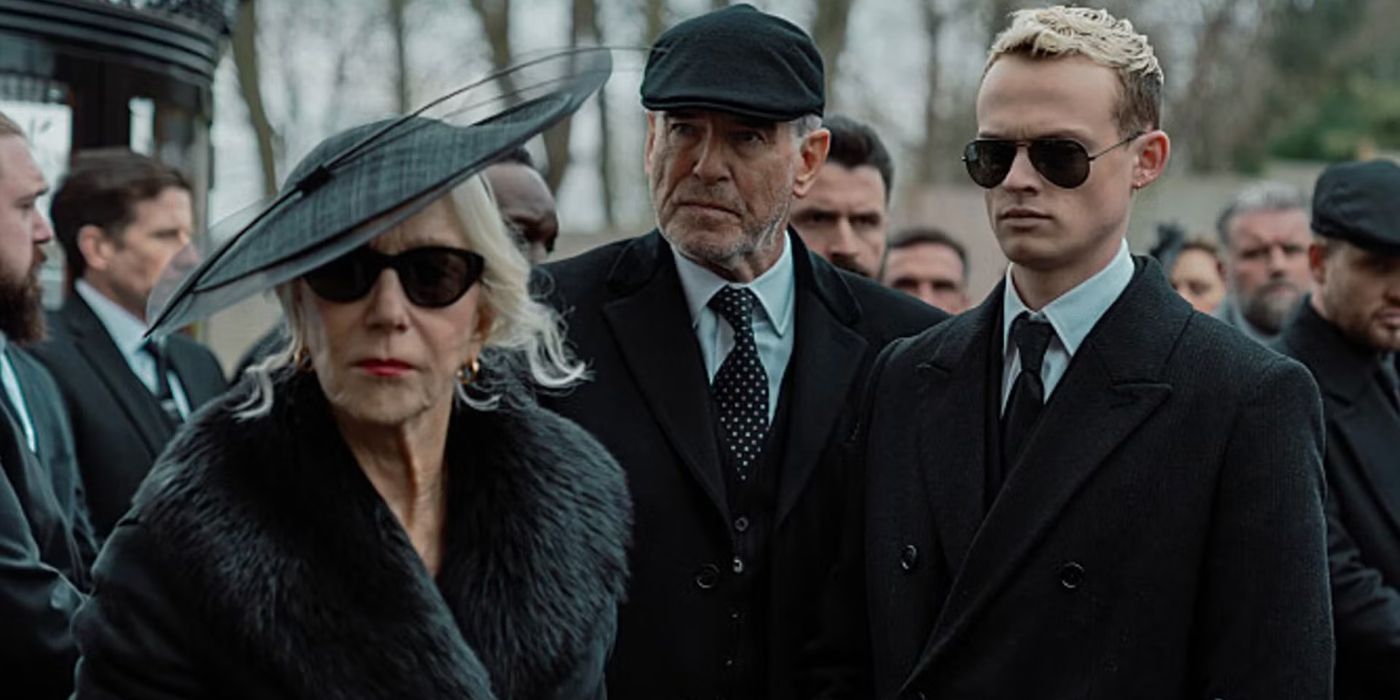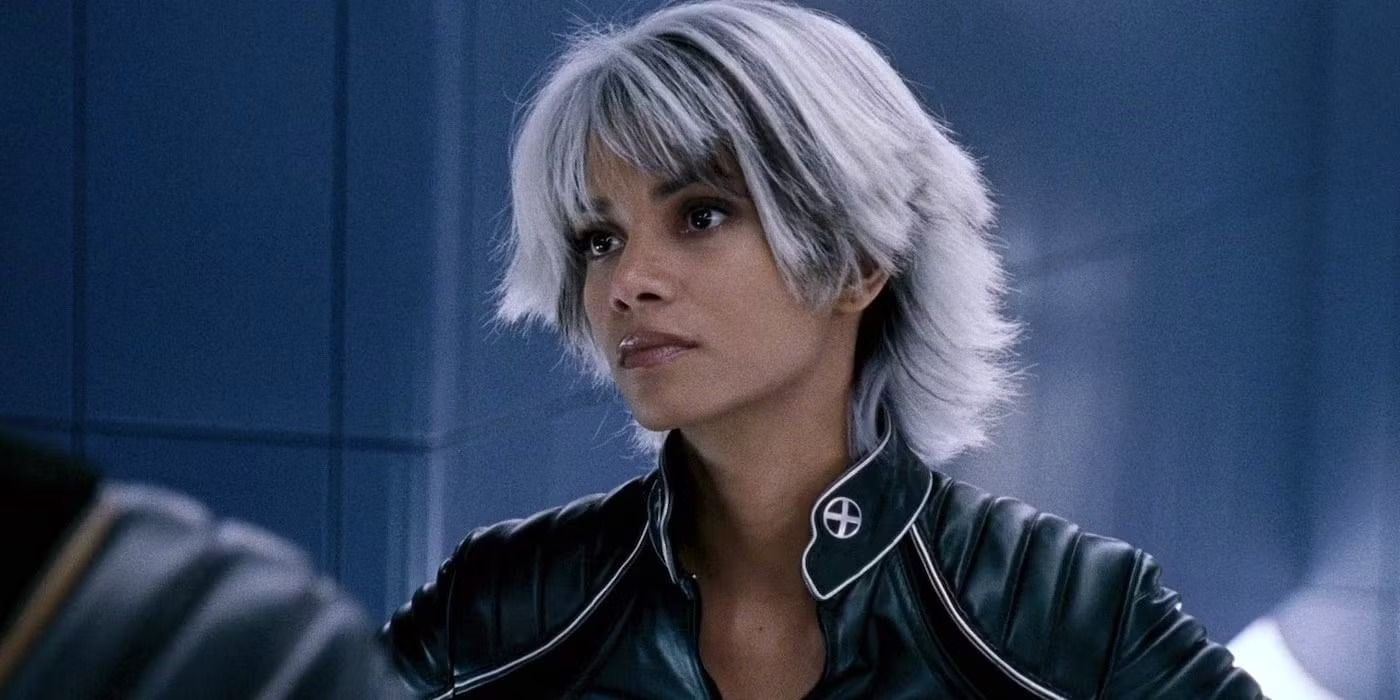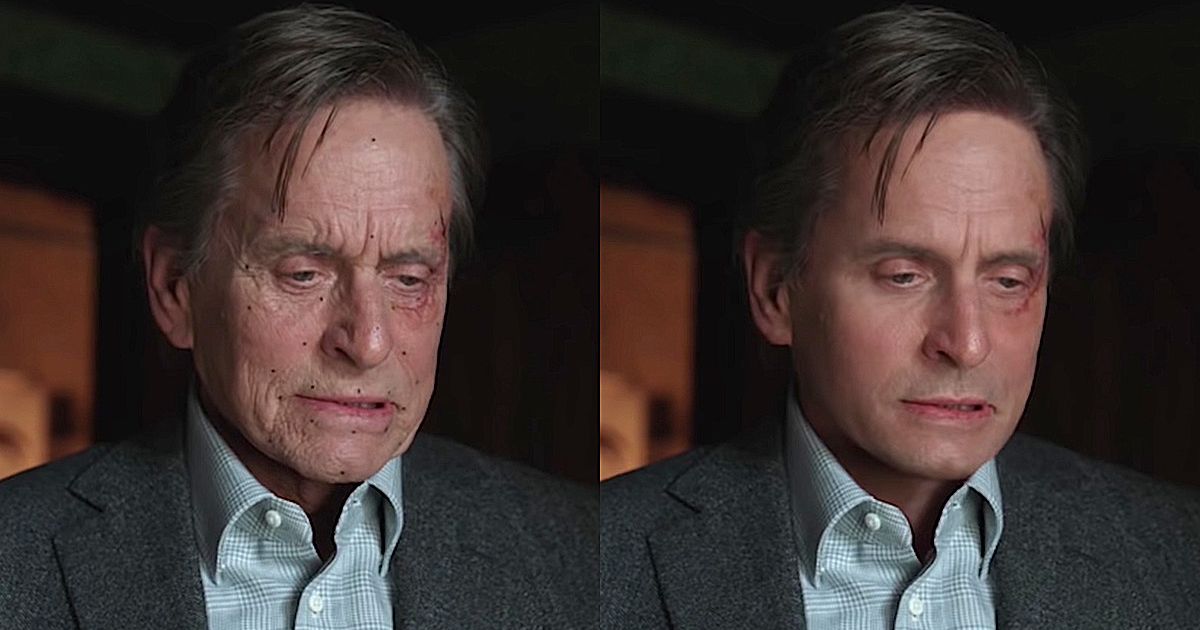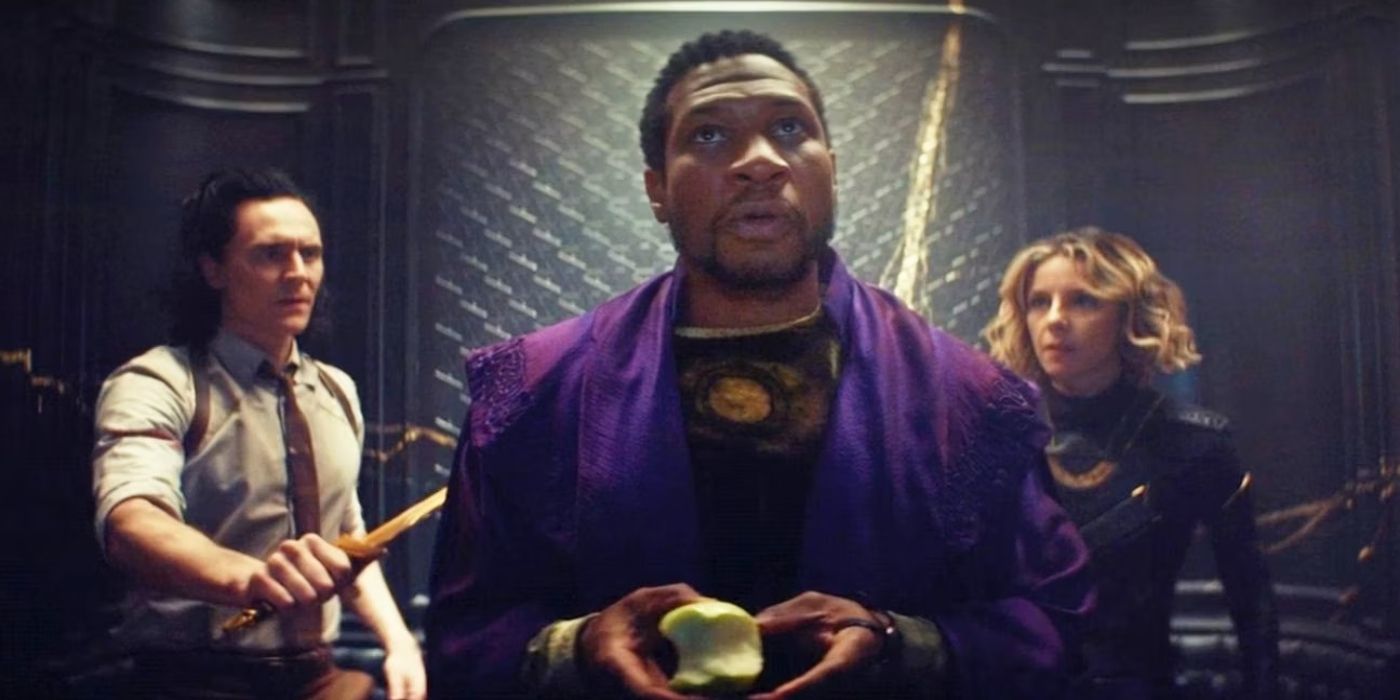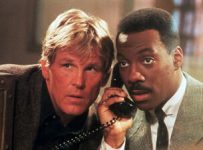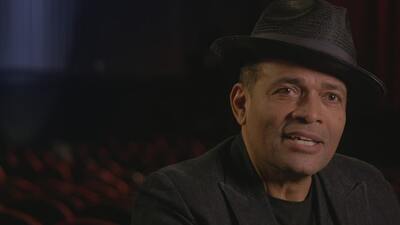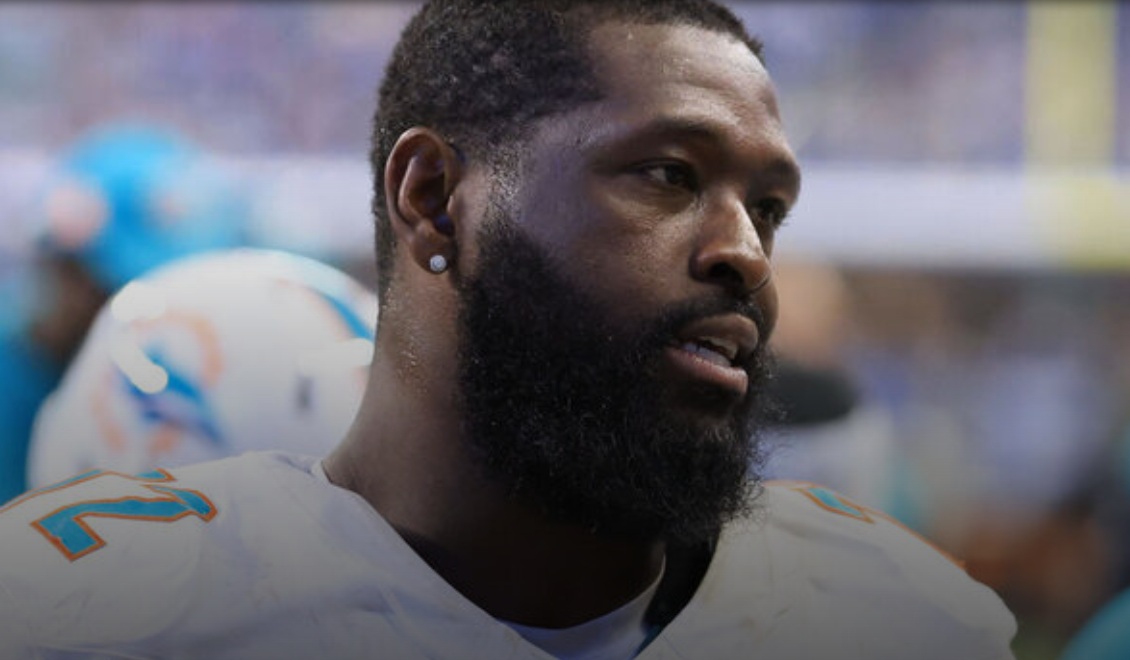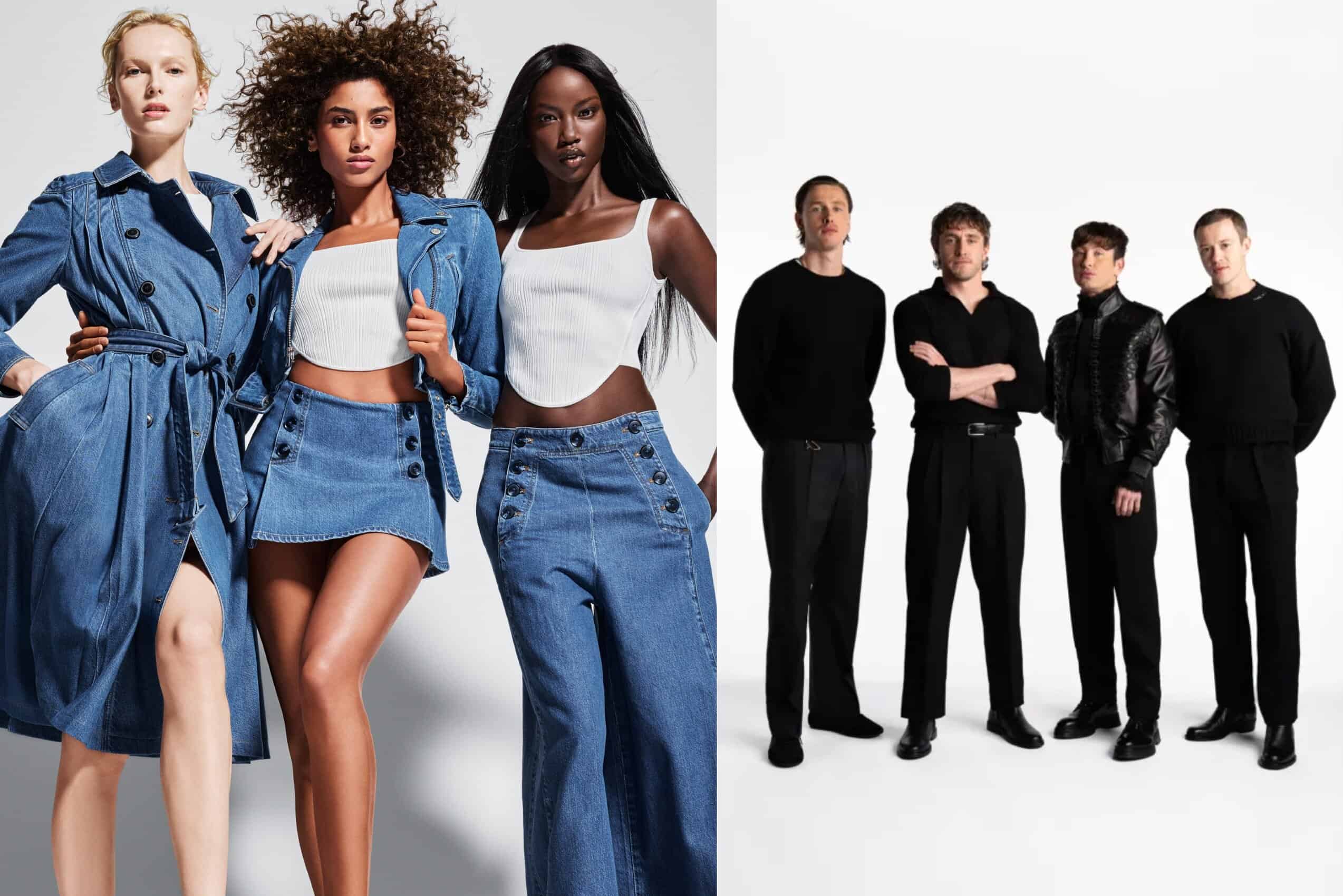While the first Ant-Man (2015) movie is set in the present day, it opens with a flashback to 1989 when Micheal Douglas’ character, Dr. Hank Pym, resigns from his post at S.H.I.E.L.D. after discovering their plan to duplicate his Ant-Man tech. As the original Ant-Man from Marvel Comics, the entomologist and quantum physicist Dr. Pym discovered and harnessed the power of a subatomic particle, enabling the human body to shrink or expand.
Though the so-called “Pym particle” is every bit as fictional as Doc Emmet Brown’s “Flux capacitor” from Back to the Future (1985), the opening flashback scene from the first Ant-Man movie utilizes an innovative technology that is stranger than fiction: the visual effect known as “de-aging.”
MOVIEWEB VIDEO OF THE DAY
To de-age the actor to his former physical glory, visual effects artists pored over every frame of Douglas’ films from the late 1980s for the computer to analyze and form a facial composite from countless still frames of his face as a younger man. Groundbreaking as the visual effect may be, it raises one of the few issues from an otherwise entertaining superhero movie: the de-aged Douglas reminds the audience of the accomplished actor’s career-best performances in some of the greatest erotic thrillers ever made.
Michael Douglas Was the King of Erotic Thrillers in the Late 1980s
TriStar Pictures
As the son of classic movie star Kirk Douglas, Michael Douglas got his first taste of success producing One Flew Over the Cuckoo’s Nest (1975), which starred his longtime buddy Jack Nicholson. After acting in films like Michael Crichton’s medical thriller Coma (1978) and the classic disaster movie The China Syndrome (1979) with Jack Lemon and Jane Fonda (another child of Hollywood royalty), Douglas was propelled into stardom in Robert Zemeckis’ Romancing The Stone (1984), leading to a career high point in the late 1980s and early 1990s with Fatal Attraction (1987), Wall Street (1987) and Basic Instinct (1992).
The first Ant-Man movie is packed with hilarious jump-cut gags and solid action sequences. It benefits greatly from that infectiously charismatic fountain of youth Paul Rudd in the lead role as Scott Lang, the second Ant-Man from Marvel Comics. But there’s not a plot point in the first Ant-Man movie that’s as good the “rabbit stew” plot twist in Fatal Attraction, nor is there a single line that approaches Douglas’ “Greed is Good” speech in Wall Street, in spite of the actor’s commitment to Pym’s contemplative fireplace monologue.
Related: Michael Douglas Is Up for Another MCU Movie After Quantumania, But Only if He Dies in It
Reminding the audience of other movies that may be better than the one they are currently watching is a dangerous game. Filmmakers who call attention to films better than their own do so at their own peril. To understand how risky it was to bring late 1980s Douglas back onto the big screen in Ant-Man, just imagine if an alien invasion movie came out that de-aged Tom Hanks so that he was the spitting image of his younger self in Forrest Gump (1994). Seeing Forrest back on the big screen might distract from the existential intergalactic threat that the filmmakers would prefer the audience focused on.
De-Aging Visual Effects Debuted in X-Men: The Last Stand
20th Century Fox
De-aging is easily one of the 21st century’s most exciting technological innovations in the field of motion picture visual effects. But Hollywood has been tampering with the human body’s natural aging process since its origins in the silent era. This was long before Partick Stewart and Ian McKellen’s wrinkles were essentially smoothed out for a flashback scene in X-Men: The Last Stand (2006) in what was considered the underwhelming big screen debut of de-aging visual effects.
Perhaps the most notable phenomenon of de-aging as it existed before visual effects got involved was the frequent casting of 30-year-old actors as high schoolers, not that this phenomenon was ever convincing. A recent and high profile example of these egregious age disparity castings was that of Joseph Quinn who played held-back high schooler Eddie Munson in season four of Stranger Things (2022) at the age of 29. Speaking of “old man” high schoolers who can really shred on the guitar, Michael J. Fox was 28 years old when he reprised his role as Marty McFly in the Back to the Future sequels (1989, 1990). That’s right — one of the most iconic teenage high schoolers in the history of cinema was pushing 30.
Though age has never been the biggest deal-breaker in Hollywood (at least for men), the technology has brought the process to a whole new level in recent years, as can be seen from the de-aging visual effects used most notably on Brad Pitt in The Curious Case of Benjamin Button (2008), Michael Douglas in Ant-Man, Samuel L. Jackson in Captain Marvel, and Robert De Niro in The Irishman (2019). In spite of how far de-aging has come since X-Men: The Last Stand, there are drawbacks that have nothing to do with how well the visual effects are executed but which seem baked into the very fabric of their existence.
Samuel L. Jackson Was De-Aged in Captain Marvel
Walt Disney Studios
20th Century Fox
A few years after de-aging Douglas in Ant-Man, Marvel Studios doubled down on the risky move, de-aging Samuel L. Jackson 20 years younger to his 1990s glory to star as a 20-years-younger Nick Fury in Captain Marvel. With incredible roles in Steven Spielberg’s Jurassic Park (1993), Quentin Tarantino’s Pulp Fiction (1994), and John McTiernan’s Die Hard with a Vengeance (1995), Jackson reached an even greater career high mark than Douglas’ late 1980s erotic thrillers.
The filmmakers behind Captain Marvel didn’t just make Jackson look like the spitting image of his younger self as the incomparable Zeus in Die Hard with a Vengeance; they even had him drive around like a madman just like he did to appease Jeremy Irons’ terrorist game of “Simon says.” The only thing they forgot to give Jackson in Captain Marvel was a gold bar like the one that his character Zeus tried to run off with from Fort Knox in Die Hard With A Vengeance, though the filmmakers did throw in a bizarre nod to Jackson’s soda cup slurping from Pulp Fiction. Speaking to The Toronto Sun in 2018, Marvel Studios president Kevin Feige said:
… tapping into a ’90s action genre was fun for us and being able to see an earlier part of the MCU before [Jackson’s character] Nick Fury knew anything about aliens or anything about super-powered people…
Even Jackson’s finest moments in Captain Marvel cannot shake the pull that viewers feel to his ’90s heyday. Rather than playing a young Nick Fury, viewers would not be remiss to wish that Jackson was instead reprising his role of Zeus and sharing that big screen return with Bruce Willis’ iconic John McClane character from the Die Hard franchise rather than Brie Larson’s titular Captain Marvel character.
Captain Marvel Didn’t Make a Billion Dollars on Its Own Merit
Walt Disney Studios
Miramax
It is true that Captain Marvel made north of a billion dollars at the box office. However, this figure would never have been so high if the highly anticipated Avengers: Endgame (2019) was not looming with a release date only a month and a half later. This is not to say that Captain Marvel is a bad movie. With indie classics like 2006’s Half Nelson (starring Ryan Gosling as a history teacher addicted to crack) and 2015’s Mississippi Grind, Captain Marvel directors Anna Boden and Ryan Fleck are a duo to be reckoned with. Still, a billion dollars?
As good as the film is, there is simply no chance that Captain Marvel would have made that much money if Marvel fans hadn’t been rabid for the follow-up to the MCU’s downbeat cliffhanger from Avengers: Infinity War (2018), which smacks of the ending from The Empire Strikes Back (1980). Kevin Feige and the other powers that be at Marvel Studios deserve all the credit in the world for Captain Marvel’s massive success. It’s genuinely surprising that no other Hollywood studio has ripped off the Captain Marvel marketing strategy.
Is an Actor’s Former Glory a Reasonable Metric to Judge a Movie?
Sony Pictures
Epic as Jackson’s heyday in the 1990s was, is this actually the full picture of his career at the time? Are an actor’s “glory days” a reasonable metric to judge a contemporary film? Not remotely. In 1994, Jackson went from the set of Pulp Fiction to the set of Hail Caesar. No, not Joel & Ethan Coen’s Hail, Caesar! (2016), the farcical ensemble set in the Golden Age of Hollywood. Jackson was in Anthony Michael Hall’s Hail Caesar (1994).
Yes, the gawky pale child actor from John Hughes’ Sixteen Candles and other films directed a movie starring Jackson, Judd Nelson, and Robert Downey Jr. Jackson plays a “Mailman” side role in Hall’s Hail Caesar, which concerns a would-be rock star (who is of course played by Hall himself) falling in love with the daughter of the owner of the pencil eraser factory where he works…
Related: Samuel L. Jackson’s 10 Most Iconic Characters From the 1990s
Jackson’s mailman character in Hail Caesar is all but lost in a wrinkle of time along with the film itself. With a career as prolific as his, it feels reasonable to question whether Jackson himself even remembers his small gig on Hail Caesar. Yet no one can forget his fantastic roles as Jurassic Park’s chain-smoking chief engineer Arnold, the too-cool-for-school Jules Winnfield from Pulp Fiction, and Zeus in the third Die Hard (arguably one of the finest roles of his career).
This is because moviegoers have selective memories. They tend to only remember the good movies an actor used to be in and block out the duds. Adam McKay’s cult classic comedy Step Brothers (2008) starred Will Ferrell and John C. Reilly in what are perhaps the funniest roles of their entire careers. Lines of dialogue from the film have been endlessly quoted since its release 15 years ago. But does anyone remember lines from Ferrell and Reily’s follow-up comedy based on Arthur Conan Doyle’s classic detective duo, Holmes & Watson (2018)?
Robert De Niro’s Body Movement in The Irishman Reveal His True Age
Netflix
Aside from the baggage of an actor’s previous work, de-aging can also take the audience out of the movie for an entirely different reason: body movement. There are instances where a de-aged actors’ body movement betrays their actual age at the time of filming. While ILM’s de-aging effects are impressive for much of the runtime of Martin Scorsese’s The Irishman, there are still shots that cannot hide the true age of actors like Robert De Niro, who was 76 years old at the time of filming.
Chief among these is a wide shot in which De Niro walks across several boulders on a sandless New England beach and tosses a handgun into the Atlantic Ocean. The camera is too far from De Niro to hide his jerky body movements. It’s shots like these in The Irishman when De Niro’s stiff bones make him look less like his former glory as cinema’s ultimate Italian American gangster from Scorsese’s Goodfellas (1990) and more like a senior citizen throwing bits of bread to the seagulls.
The Jig Is Up When Elizabeth Taylor Dances in Who’s Afraid of Virginia Woolf?
Warner Bros.
To be fair, old-fashioned Hollywood aging makeup was more than capable of taking audiences out of the story decades before de-aging visual effects came along. Like De Niro walking across the boulders on the beach in The Irishman, an actor’s true age is easiest to spot when they move their body across the frame.
Actress Elizabeth Taylor was only 34 when she played the 50-year-old Martha character in Mike Nichols’ 1966 film adaptation of Edward Albee’s Tony-winning play Who’s Afraid of Virigina Woolf? The character of Martha was supposed to be “frumpy,” so Taylor quickly gained 30 pounds to look more convincing in the role.
Related: Best CGI Movie Effects of All Time, Ranked
For the most part, Gordon Bau, the makeup artist for Who’s Afraid of Virginia Woolf?, does a fair job convincing the viewer that Taylor is actually a quinquagenarian. But the spell is broken the moment the young starlet lets loose on the juke joint dance floor in a memorable dance sequence from the film. When Taylor dances on the checkered linoleum floor in Who’s Afraid of Virginia Woolf? she unwittingly reveals her own youthfulness. The way Taylor shakes her hips is too fluid and sensual for who she’s playing.
Harrison Ford Will Be De-Aged in Indiana Jones and the Dial of Destiny
Walt Disney Studios Motion Pictures
Whether a visual effect is meant to be invisible to the audience, seamless, or blatant to the point of calling attention to itself, any filmmaker worth their salt will only seek to employ them to immerse the audience deeper into the world of the movie and, ultimately, to help tell the story.
This is where the use of de-aging visual effects gets a little tricky for movies like Ant-Man and Captain Marvel. When it is used on certain prolific actors like Michael Douglas or Samuel L. Jackson, de-aging can become one big distraction for the audience, a wrench thrown into the gears in their suspension of disbelief. Sure, the de-aging in X-Men: The Last Stand is distracting too, but in that case the visual effects are only distracting because the technology was in its infancy and needed more than a few kinks ironed out.
De-aging is unlike many visual effects in that it poses a far greater risk of taking the audience out of the story by accidentally referencing other movies from the de-aged actor’s back catalog. Why would this take an audience out of the movie? Aside from the fact that it’s distracting to be reminded of the movies an older actor did when they were younger, it is often the case that if the de-aged actor was cast in their old age, then the movies the audience is going to be reminded of (namely movies from that actor’s heyday) could be better than the film the audience is currently watching.
With the trailer for James Mangold’s upcoming Indiana Jones and the Dial of Destiny flaunting a de-aged Harrison Ford, let’s just hope that Hollywood has learned its lesson from Ant-Man and Captain Marvel.
You can view the original article HERE.
